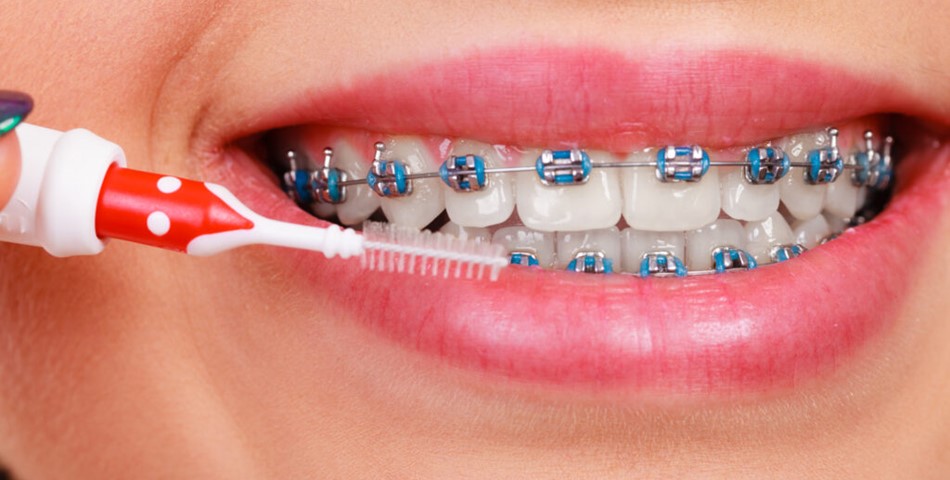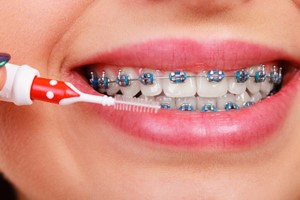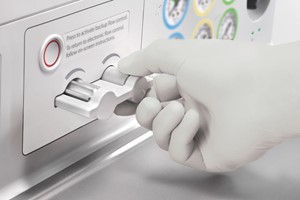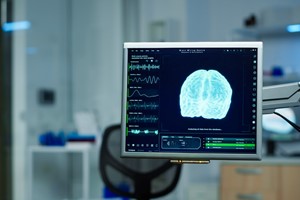Dentistry, an integral part of healthcare, has undergone a remarkable transformation from its crude and often painful beginnings to the advanced, technology-driven practices of today. This evolution is marked by significant milestones and pioneering figures who have shaped the field into its current state, characterized by precision, efficiency, and patient comfort.
Historical Context: Barber-Surgeons and Early Practices
In medieval Europe, barber-surgeons were the primary practitioners of dental care. These multifaceted individuals performed a variety of tasks, from cutting hair and shaving faces to blood-letting and tending to broken limbs. Their dental practices included extracting teeth using rudimentary tools such as the "pelican," a beak-like shank, or the "tooth key," a device used to lever out teeth. By the 17th century, the steel punch elevator was introduced to knock out teeth, a procedure as gruesome as it sounds.
Wayne Sampson, a dental historian and emeritus professor at the University of Adelaide, notes that the history of dental work extends far beyond the barber-surgeons. Archaeological evidence reveals that the Etruscans used gold wire to fasten replacement teeth, often sourced from animals or humans, indicating an early understanding of dental prosthetics.
The Evolution of Orthodontics: Dr. Percy Raymond Begg
After dentistry distanced itself from barbers, it remained under the umbrella of medicine in many parts of the world until it emerged as a distinct specialty in the early 19th century. Despite this shift, the practice remained relatively crude for the next hundred years. A pivotal figure in the modernization of orthodontics was Dr. Percy Raymond Begg, known as Tick Begg. His innovations transformed orthodontic techniques and significantly improved the efficiency and gentleness of braces.
Begg, who trained under the renowned US orthodontist Dr. Edward Hartley Angle, began treating patients in Adelaide in 1926. Although he initially followed Angle's non-extractionist methods, Begg soon recognized the limitations of this approach. By 1928, he pioneered the extraction of selected teeth to address dental crowding, a revolutionary concept at the time. His technique, which involved new styles of brackets, stainless steel wire, light forces, and three well-organized stages of treatment, corrected teeth more gently and efficiently.
Begg's work garnered international attention, turning Adelaide into a global center for orthodontic advancements. His contributions are commemorated in the PR Begg Museum in Adelaide, which showcases various dental artefacts and equipment, illustrating the historical progression of dental practices.
Modern Dentistry: Digital and AI Innovations
The field of dentistry continues to evolve rapidly, propelled by advances in digital technology and artificial intelligence (AI). Khaled Ahmed, an associate professor of restorative dentistry and general practice at the Royal Melbourne Dental Hospital, highlights the "astounding" advancements brought about by digital dentistry. Modern techniques enable highly accurate digital scans of patients' mouths, allowing for the rapid design and fabrication of dental restorations such as fillings and crowns. These processes, which once took days or weeks, can now be completed in as little as an hour.
Robotic assistance in dental procedures represents another frontier of innovation. The first dental robot approved in the US, named Yomi, assists surgeons in placing dental implants with unprecedented accuracy and efficiency. Future applications of robotics in dentistry are expected to include assistance with fillings and root canals, guided by AI trained on extensive patient datasets.
AI is also set to revolutionize various aspects of dental care, from generating bespoke treatment plans and detecting tooth decay and gum disease to managing patient appointments and providing advice. While these advancements promise to enhance patient care, they also pose challenges related to privacy, access to affordable care, and the need for upskilling dental professionals.
The journey from the rudimentary practices of medieval barber-surgeons to the sophisticated, technology-enhanced techniques of modern dentistry is a testament to human ingenuity and the relentless pursuit of improvement in healthcare. Pioneers like Dr. Percy Raymond Begg have left an indelible mark on the field, paving the way for innovations that continue to enhance patient outcomes and comfort. As digital technology and AI further transform dental practices, the future of dentistry promises to be more precise, efficient, and patient-centered than ever before.
By: Tory Shepherd
https://www.theguardian.com/













